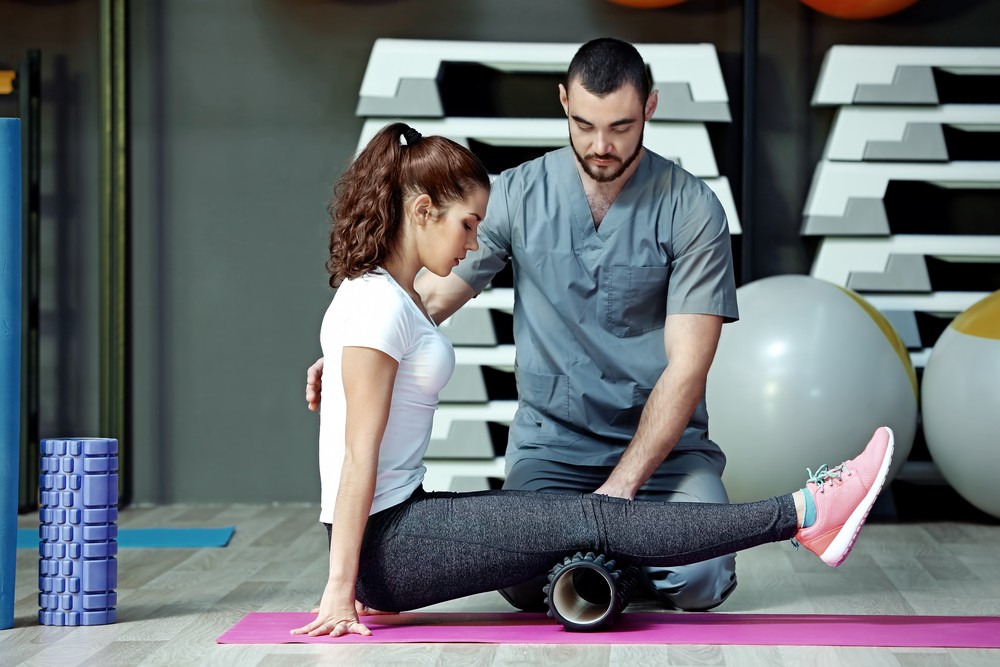Evaluating the Interaction of Articular Mobility and Balance in Client Outcomes
Evaluating the Interaction of Articular Mobility and Balance in Client Outcomes
Blog Article
Articular movement and control are essential elements that impact patient outcomes in rehabilitation and therapy. Joint range of motion refers to the range of movement permitted at a joint, while stability entails the capacity to maintain management of that joint during movement. When patients have optimal articular mobility, they can move their extremities freely, which is essential for performing daily tasks. On the contrary hand, steadiness helps prevent injuries by allowing the system to preserve correct positioning and balance during these movements. Grasping how these two elements interact can lead to better treatment plans and enhanced recovery for clients.
In numerous cases, patients with joint discomfort or injuries often experience a decrease in mobility. For instance, conditions like osteoarthritis can restrict how far a articulation can shift, making it challenging for people to perform activities such as ambulating or ascending stairs. Rehabilitation specialists often concentrate on exercises that increase range of motion through flexibility work and strengthening. These exercises can help reestablish the range of movement, making it more manageable for patients to participate in their everyday tasks. Nonetheless, increasing mobility without considering steadiness can lead to further injuries, emphasizing the need for a holistic approach.
Stability is equally crucial in rehabilitation. When a articulation lacks stability, it becomes more vulnerable to injuries during activity. For example, an wobbly knee joint can result to sprains or ruptures while running or leaping. To enhance stability, rehabilitation specialists may integrate activities that strengthen the muscle groups around the joint. These activities help musculoskeletal injury assessment protocols support the articulation and prevent excess movement that could result to injury. By concentrating on both mobility and control, therapists can provide a holistic treatment plan that meets the unique requirements of each patient.
The interplay between articular mobility and control is particularly clear in sports medicine. Sports participants often require a elevated level of both mobility and control to perform at their optimal. For example, a dancer needs to have flexible joints to perform complex actions while also maintaining control to avoid falls. In athletic conditioning, coaches and coaches emphasize the significance visit of cultivating both aspects to improve performance and minimize the chance of harm. This approach ensures that sports participants can perform effectively while maintaining their joints protected during rigorous exercises.
Ultimately, comprehending the relationship between articular mobility and stability can lead to improved outcomes for clients in multiple settings, from therapy facilities to athletic conditioning facilities. By encouraging both elements, healthcare professionals can help clients regain their strength and confidence. This balanced method not only helps in recovery but also arms people with the tools they need to avert future harm. As studies progresses to evolve in this area, the significance of integrating mobility and control in treatment plans will remain a central focus for enhancing client care and overall health.